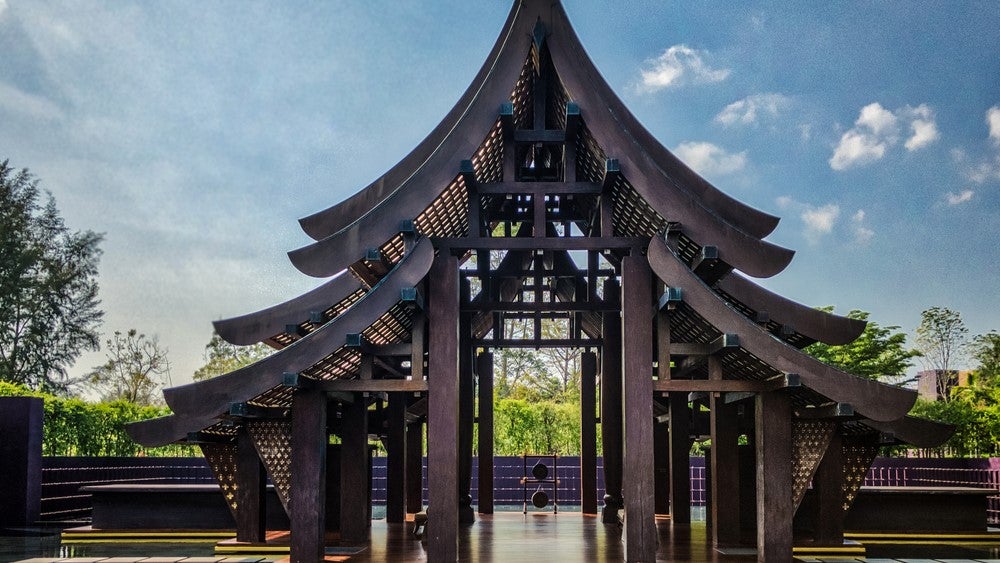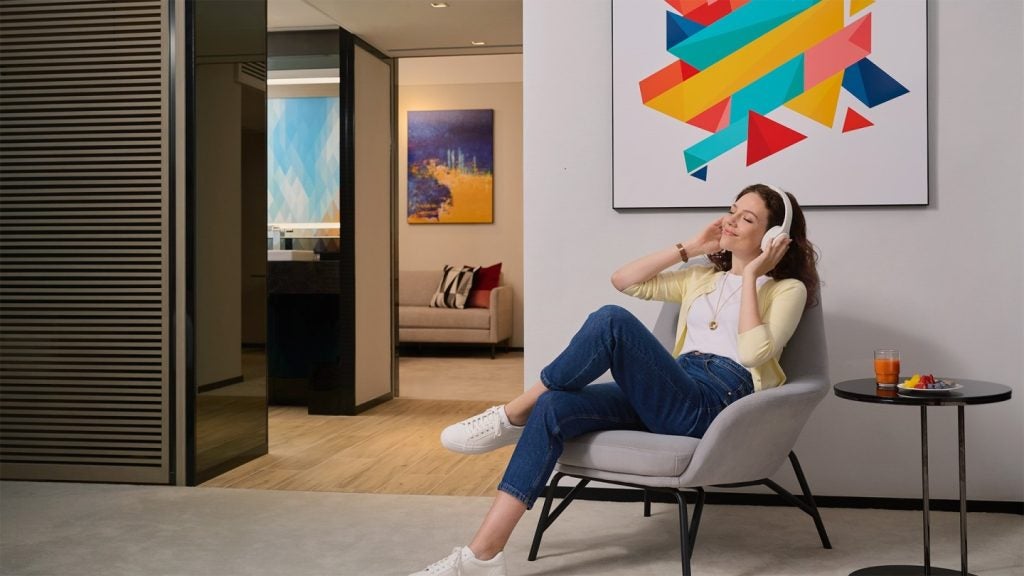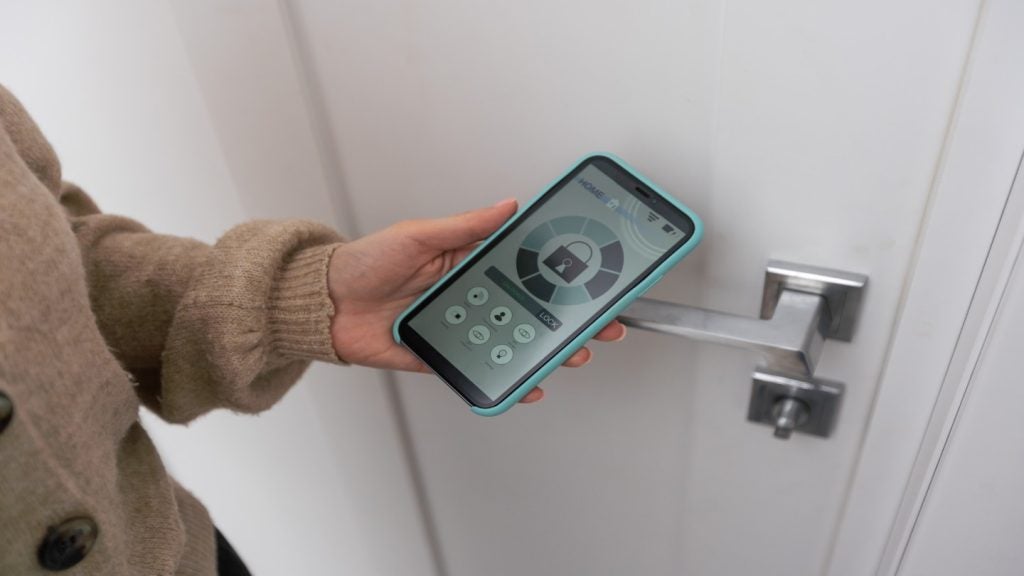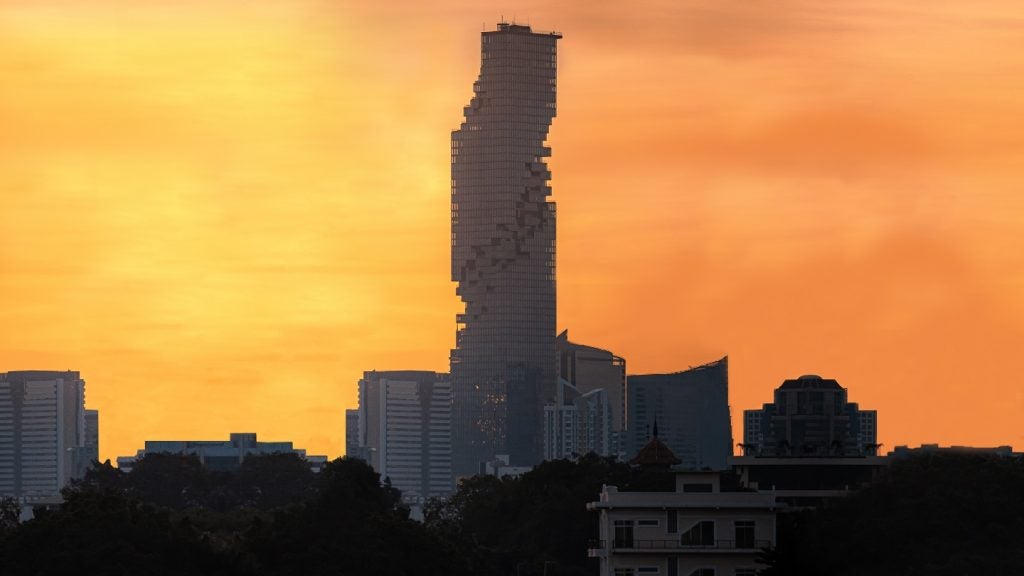
The winners of the World Luxury Awards have been announced at the 17th annual gala – and have taken to social media to celebrate.
The event, which took place on 28 October and was held at Grand Hyatt Athens in Greece, recognizes work in the luxury sector at hotels, spas and restaurants globally. This year saw almost 300 establishments receive a range of awards.
Phulay Bay was the winner of the Global Hotel of the Year award, the most prestigious prize in the luxury hotels category. The first of the new Ritz-Carlton Reserve offering, Phulay Bay is a 54-villa and pavilion boutique by the Andaman Sea in Krabi, Thailand.
Speaking about the awards, Jana Stoman, the Executive Manager for the World Luxury Awards, said: “We wish to congratulate all our winners, also to those who were not able to be with us. A special congratulations to our overall winners: the Global Hotel of the Year – Phulay Bay, a Ritz-Carlton Reserve, the Global Spa of the Year – Spirit Hotel Thermal Spa, the Global Restaurant of the Year – Le Pavillon and the Global Travel Establishment of the Year – Australia Zoo.”
Winners from various categories took to social media to celebrate their success, including the Makakatana Bay Lodge, based on the banks of Lake St Lucia in South Africa. It won the global Luxury Safari Lake Lodge award.
We are pround to announce that we are winners in the 2023 World Luxury Hotel Awards@AfricanSafariC2 @worldluxuryhotelawards #isimangalisowetlandpark #tourismkzn #tourismsa pic.twitter.com/qyiCZueIIl
— MAKAKATANA BAY LODGE (@Makakatana) October 30, 2023How well do you really know your competitors?
Access the most comprehensive Company Profiles on the market, powered by GlobalData. Save hours of research. Gain competitive edge.
 Company Profile – free sample
Company Profile – free sampleThank you!
Your download email will arrive shortly
Not ready to buy yet? Download a free sample
We are confident about the unique quality of our Company Profiles. However, we want you to make the most beneficial decision for your business, so we offer a free sample that you can download by submitting the below form
By GlobalData
The Radisson Blu Hotel & Convention Centre, based in Kigali Rwanda, celebrated receiving two awards – Best Luxury Banquet/Event Hotel in East Africa and Best Luxury Hotel and Conference Centre in all of Africa.
We are proud to receive two prestigious awards at the 2023 World Luxury Hotel Awards:
— Radisson Blu Kigali (@RadissonKigali) October 30, 2023
– Best Luxury Banquet/Event Hotel in East Africa
– Best Luxury Hotel and Conference Centre in all of Africa#RadissonBluKigali #RadissonHotels #KigaliConventionCentre #VisitRwanda pic.twitter.com/FFaZ3R1OTC
Barcelona By Road also shared its award in the Wine Tours category with its followers, giving a nod to its team.
Barcelona By Road – Best Wine Tours of the 2023 World Luxury Travel Awards!!
— Barcelona By Road (@BarcelonaByRoad) October 30, 2023
Thank you for recognising all of our efforts.
Congratulations to our Barcelona By Road team on this excellent achievement!!#luxurytravel #WLTAwards2023 #winelovershttps://t.co/SciltjDuDC
Luxury travel has been a growing sector over recent years, and the trend has been reflected in social media influencer posts tracked by GlobalData analytics.
The hashtag #luxurytravel has seen particularly stark growth since January 2022 as customers returned to travel with larger budgets and renewed enthusiasm post-pandemic.
Our signals coverage is powered by GlobalData’s Thematic Engine, which tags millions of data items across six alternative datasets — patents, jobs, deals, company filings, social media mentions and news — to themes, sectors and companies. These signals enhance our predictive capabilities, helping us to identify the most disruptive threats across each of the sectors we cover and the companies best placed to succeed.






